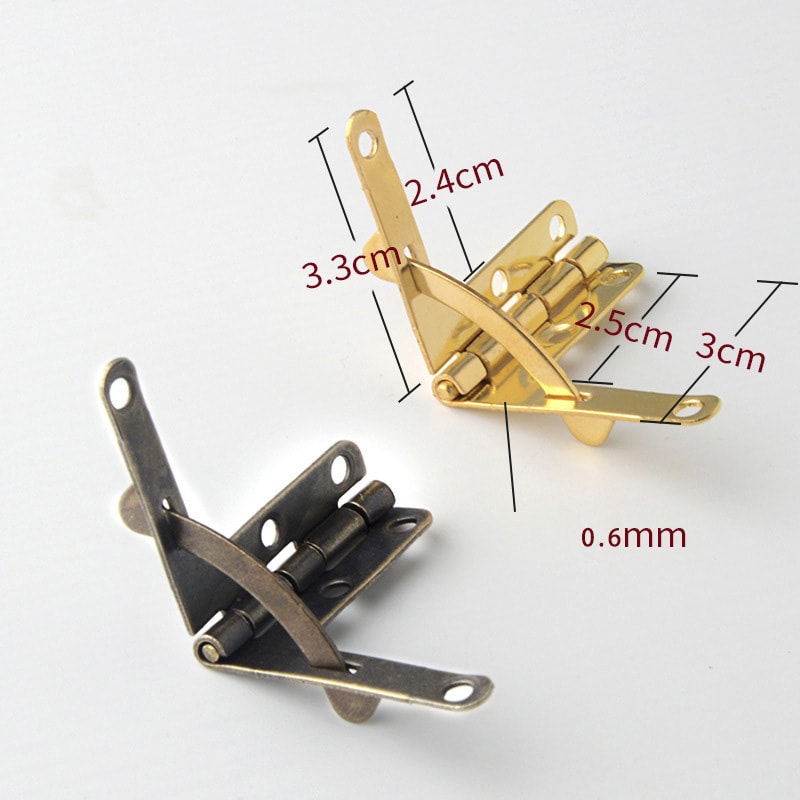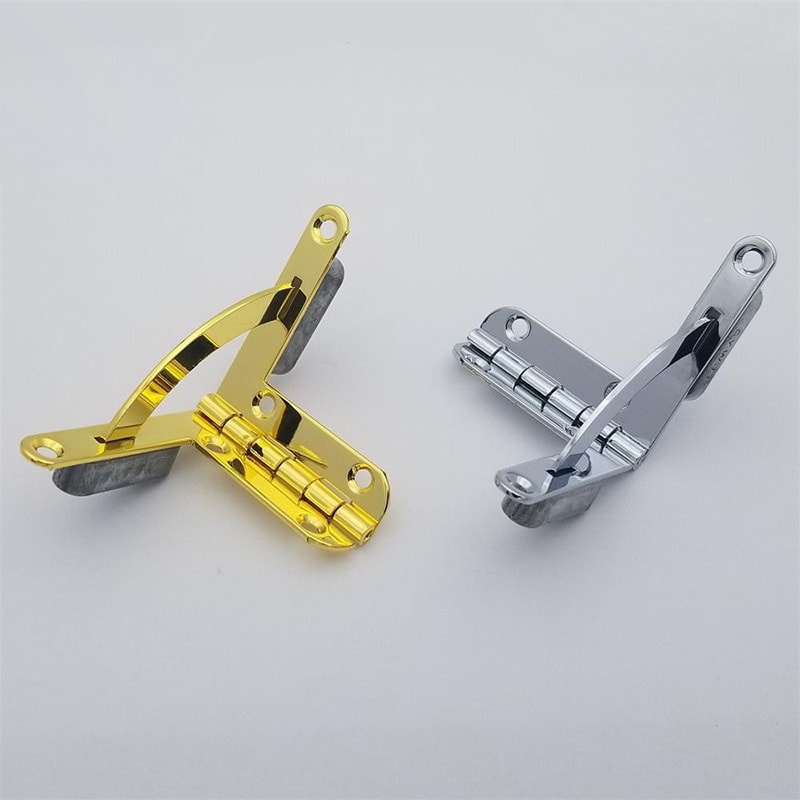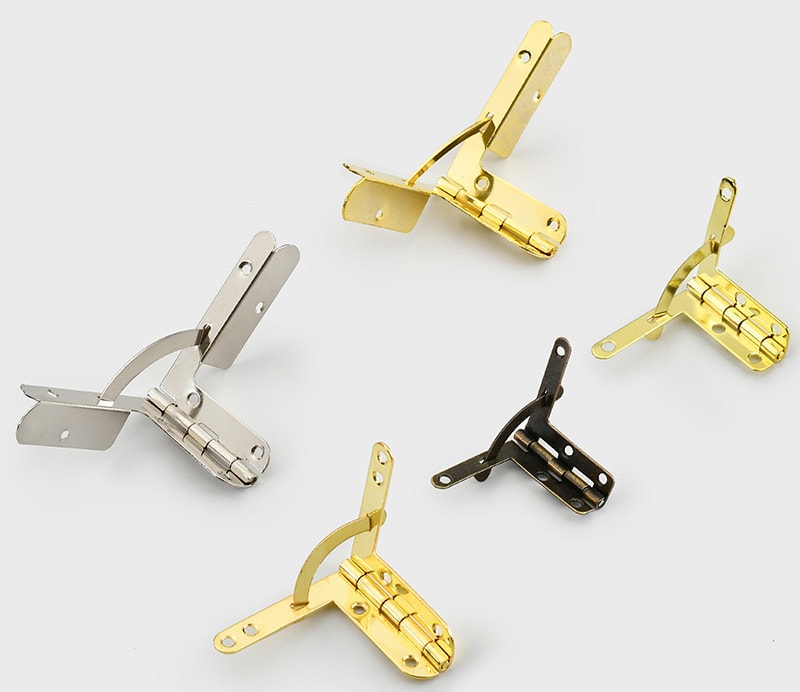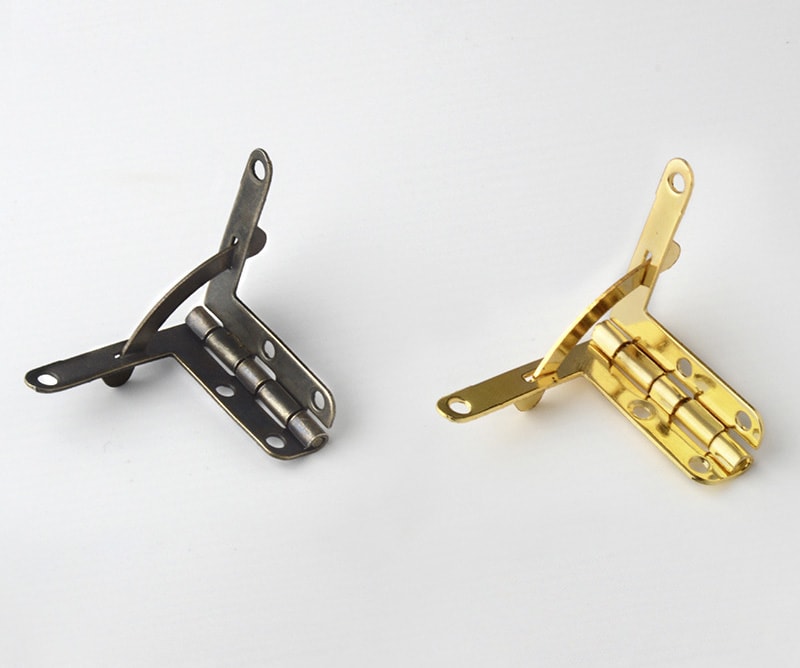Quadrant hinges are an essential component in the world of fine woodworking, combining both aesthetic appeal and functional utility. These hinges are particularly favored for their ability to provide a clean, concealed installation, making them a go-to choice for high-end box and case projects.
The popularity of quadrant hinges stems from their precision, durability, and the sophisticated touch they add to any piece. In this blog post, we’ll delve into the eight most talked-about topics surrounding quadrant hinges, offering insights and guidance to both seasoned woodworkers and hobbyists alike.
As we explore these topics, we’ll uncover the nuances of selecting, installing, and maximizing the potential of quadrant hinges. By the end of this post, you’ll be well-equipped to incorporate these hinges into your projects, elevating the quality and craftsmanship of your work.

Installing Quadrant Hinges
Installing quadrant hinges can seem daunting due to their precision requirements. The process involves careful measurement and routing to ensure the hinge fits perfectly, allowing the lid of the box to open smoothly and align correctly when closed.
The key to a successful installation lies in patience and precision. Using a sharp chisel and a high-quality router bit will help achieve clean cuts for the recessed areas where the hinge will sit.
This step is crucial for the overall appearance and functionality of the finished product. Ensuring that the hinge is flush with the surface and that the lid closes without gaps requires meticulous attention to detail. Proper installation not only enhances the visual appeal of the box but also contributes to its durability, preventing issues like misalignment or excessive wear on the hinge over time.
Quadrant Hinges and a Lock Elevate Any Box
Incorporating a lock into a box with quadrant hinges adds an extra layer of security and sophistication. This combination is particularly popular for jewelry boxes, humidors, and other personal keepsakes where both aesthetics and functionality are paramount.
The integration of a lock requires additional planning and precision during the installation process, as the lock mechanism must align perfectly with the quadrant hinges for smooth operation.
The choice of lock and its placement are as crucial as the installation of the hinges themselves. Selecting a lock that complements the style of the box and the hinges can enhance the overall design, making the piece not only more secure but also more visually appealing. This approach to design and functionality signifies the maker’s attention to detail and commitment to craftsmanship.

Taming the Quadrant Hinge
Mastering the installation of quadrant hinges, often referred to as “taming the quadrant hinge,” involves understanding the common challenges and pitfalls associated with these components.
The process includes selecting the right tools, accurately marking out the hinge positions, and ensuring that the depth and size of the recesses are precisely cut. Overcoming these challenges requires practice and a steady hand, as even minor inaccuracies can lead to functional and aesthetic issues.
One effective strategy for taming quadrant hinges is to create a template or jig that can be used to standardize the installation process. This not only saves time but also increases the consistency and accuracy of your installations across multiple projects. Developing a systematic approach to installing quadrant hinges can turn a potentially frustrating process into a satisfying and rewarding part of the woodworking experience.

Installing Small Quadrant Hinges
Working with small quadrant hinges presents its own set of challenges, primarily due to the reduced size and tighter tolerances required. Precision is even more critical when dealing with smaller hinges, as any misalignment is magnified and can significantly impact the function and appearance of the box. The use of specialized tools, such as miniature chisels and routers, can greatly facilitate the installation process, allowing for more controlled and accurate work.
The installation of small quadrant hinges often requires a magnified view to ensure that the fine details are properly executed. This meticulous attention to detail not only ensures the functionality of the hinge but also preserves the integrity and beauty of the small-scale project. Successfully installing small quadrant hinges is a testament to a woodworker’s skill and precision.

Quadrant Hinge Installation Techniques
There are several techniques that can enhance the installation process of quadrant hinges, making it more efficient and reliable. One such technique is the use of a hinge mortising jig, which can help achieve consistent and accurate hinge placements. Another valuable approach is to pre-drill screw holes to prevent wood splitting and to ensure that the screws sit flush with the hinge plate, contributing to a cleaner finish.
Experimenting with different techniques and tools can lead to discoveries of what works best for individual preferences and specific projects. Whether it’s adopting a new type of router bit or adjusting the depth of the mortise, each technique offers an opportunity to refine the installation process and achieve superior results.
Picking the Perfect Hinges for Your Boxes
Selecting the right quadrant hinges for your project is as important as the installation process itself. The choice of hinge can influence the overall design and functionality of the box, with factors such as size, material, and finish playing crucial roles. Considering the weight of the lid, the material of the box, and the desired aesthetic outcome can guide the selection process, ensuring that the hinges complement the project perfectly.
When picking quadrant hinges, it’s also important to consider the quality and reputation of the manufacturer. High-quality hinges may come at a higher price point, but they offer better durability and a more refined appearance, elevating the finished piece. Investing in the right hinges is an investment in the longevity and beauty of your woodworking project.

Using Jig It for Quadrant Hinge Installation
The Jig It system is a popular tool among woodworkers for installing quadrant hinges. This specialized jig simplifies the process by providing a template for precise drilling and routing, ensuring that the hinge mortises are perfectly aligned and sized. The use of the Jig It system can significantly reduce the time and effort required for hinge installation, making it an invaluable resource for both novices and experienced craftsmen.
Adopting the Jig It system or a similar jig setup can lead to more consistent results across projects, reducing the likelihood of errors and the frustration that can come with manual measurements and alignments. This tool exemplifies how modern innovations can enhance traditional woodworking techniques, merging precision with efficiency.
Conclusion
Quadrant hinges offer a blend of beauty and functionality that can elevate any woodworking project. From selecting the right hinges to mastering their installation, each step in the process contributes to the overall success and satisfaction of the work.
By exploring these eight popular topics, woodworkers can enhance their skills, improve their techniques, and achieve results that truly stand out. Embracing the challenges and opportunities presented by quadrant hinges is a journey well worth taking for anyone passionate about fine woodworking.
You may be interested:
- 9 Things You Must Know Before Purchasing 5-Inch Hinges
- What are the Features of High Quality Hinges?
- Top 5 Hinges Manufacturers in Delhi
- How Much Weight Can a Piano Hinge Hold?




